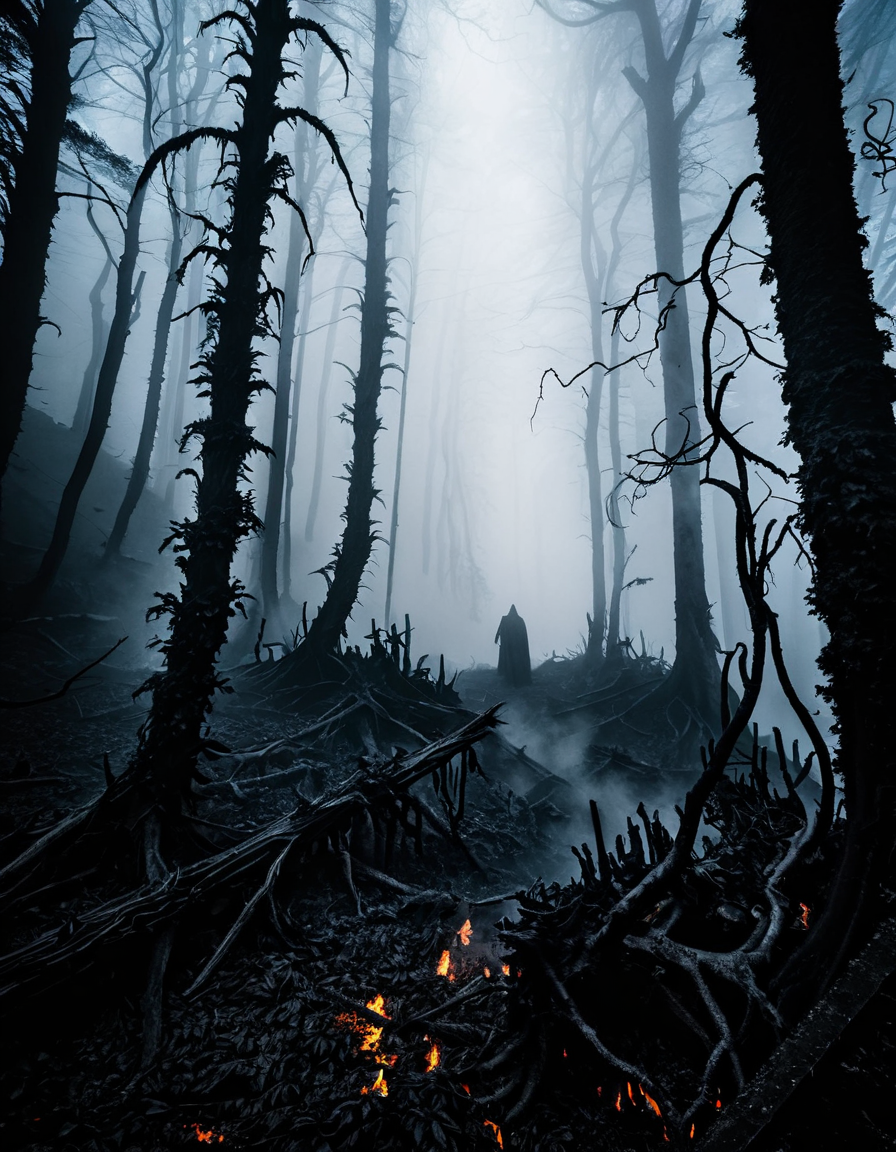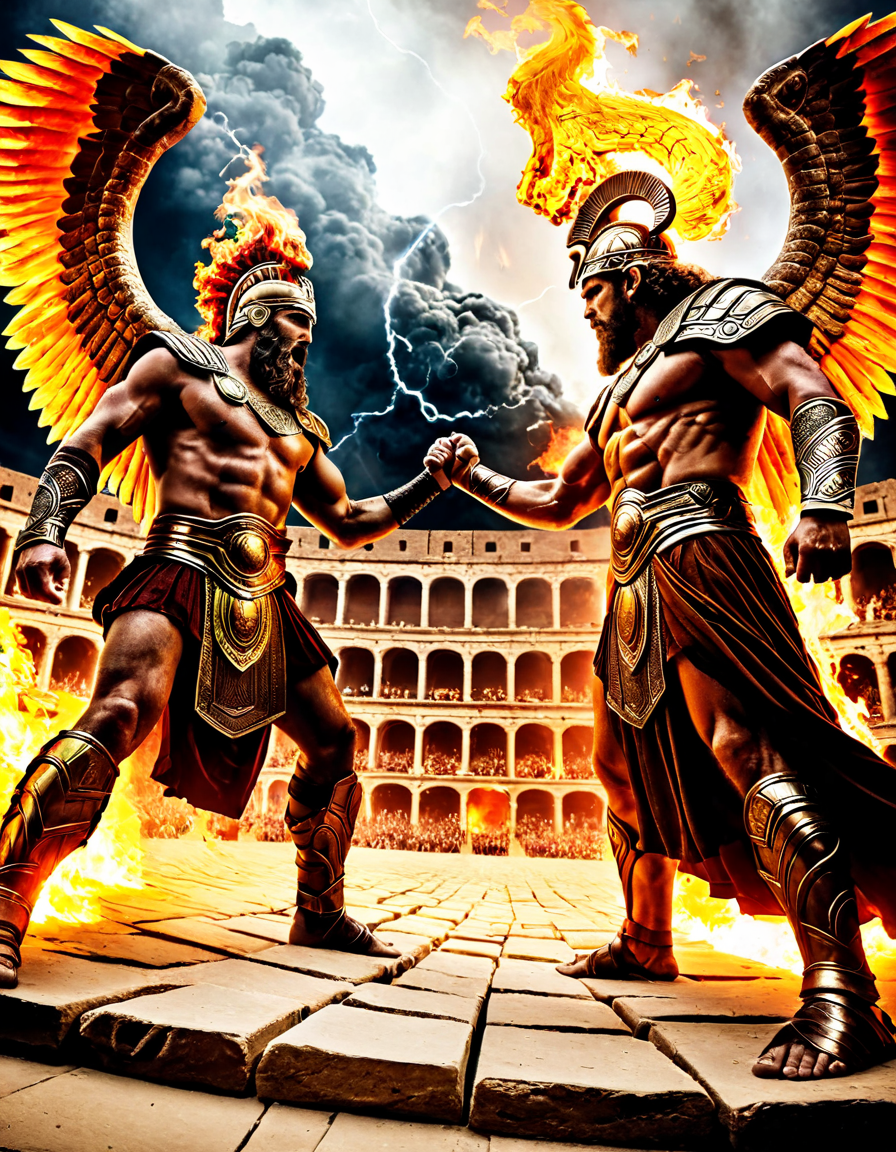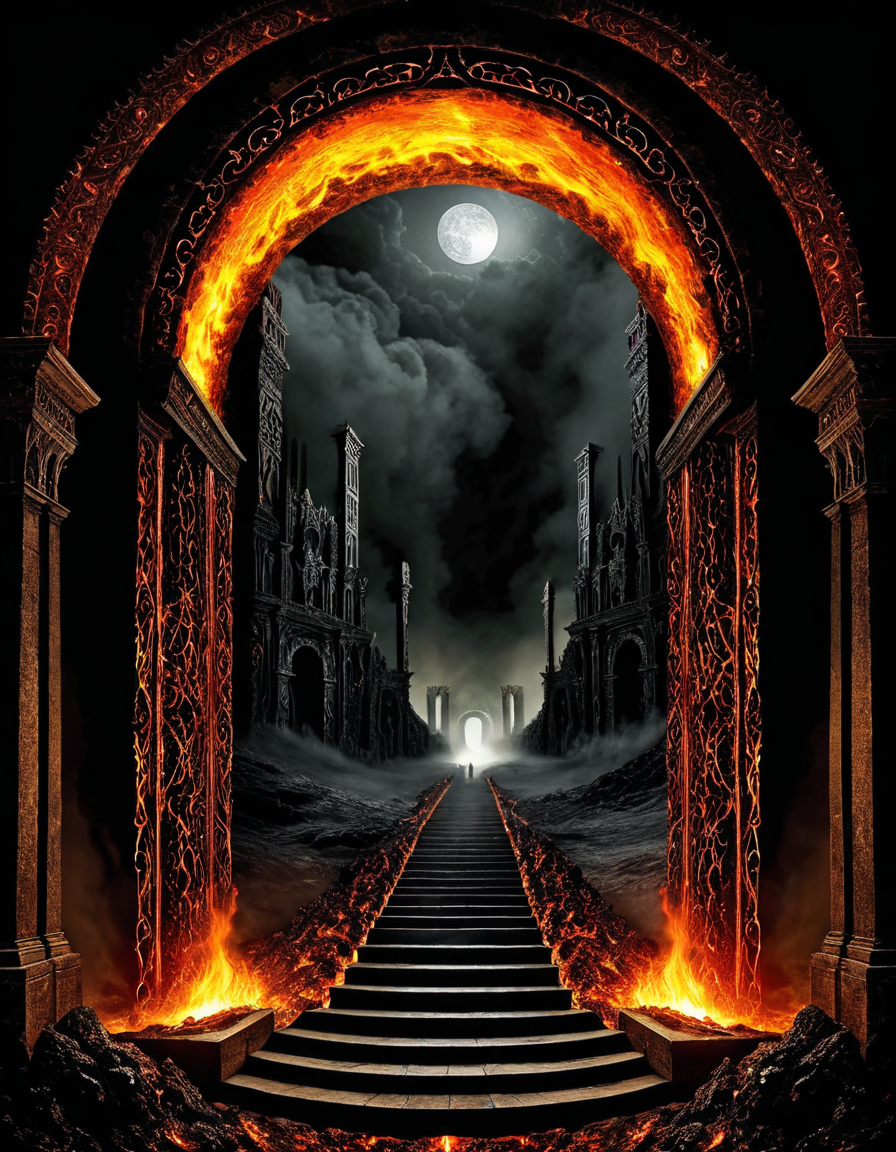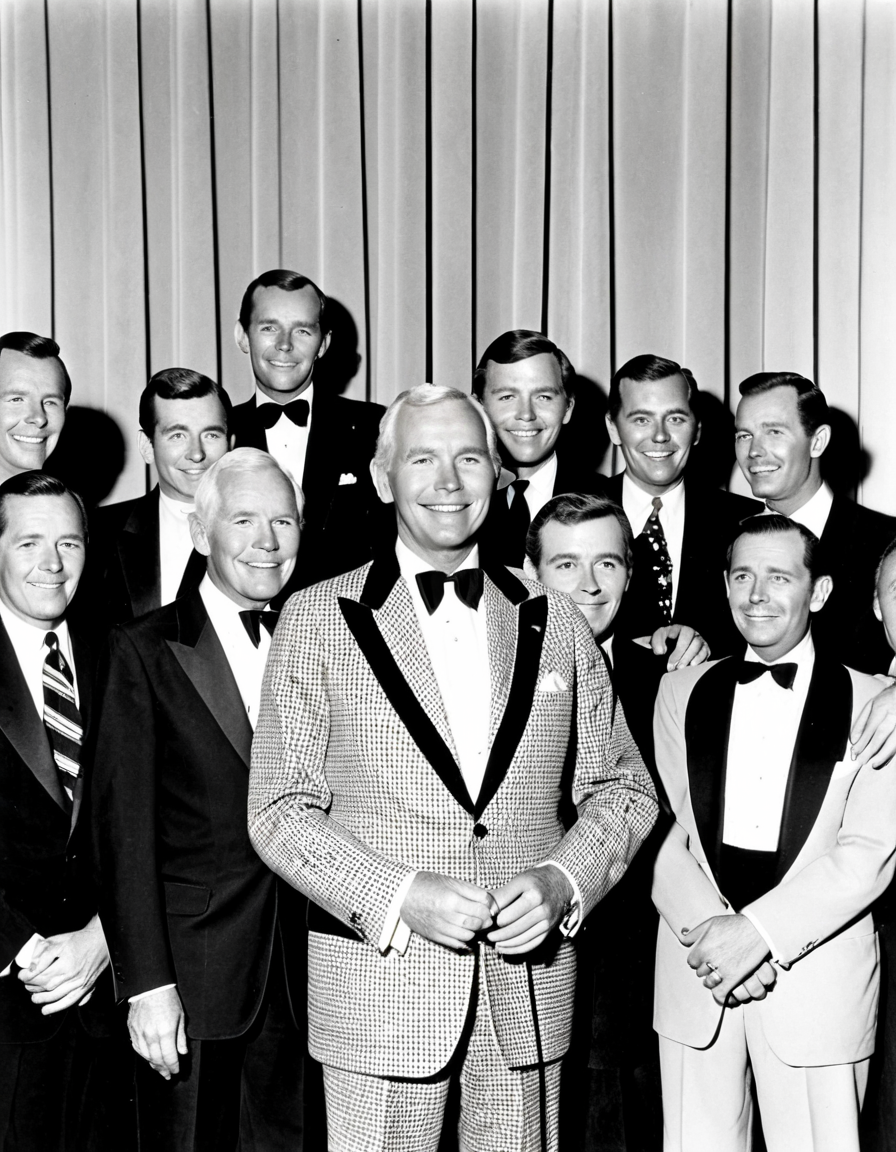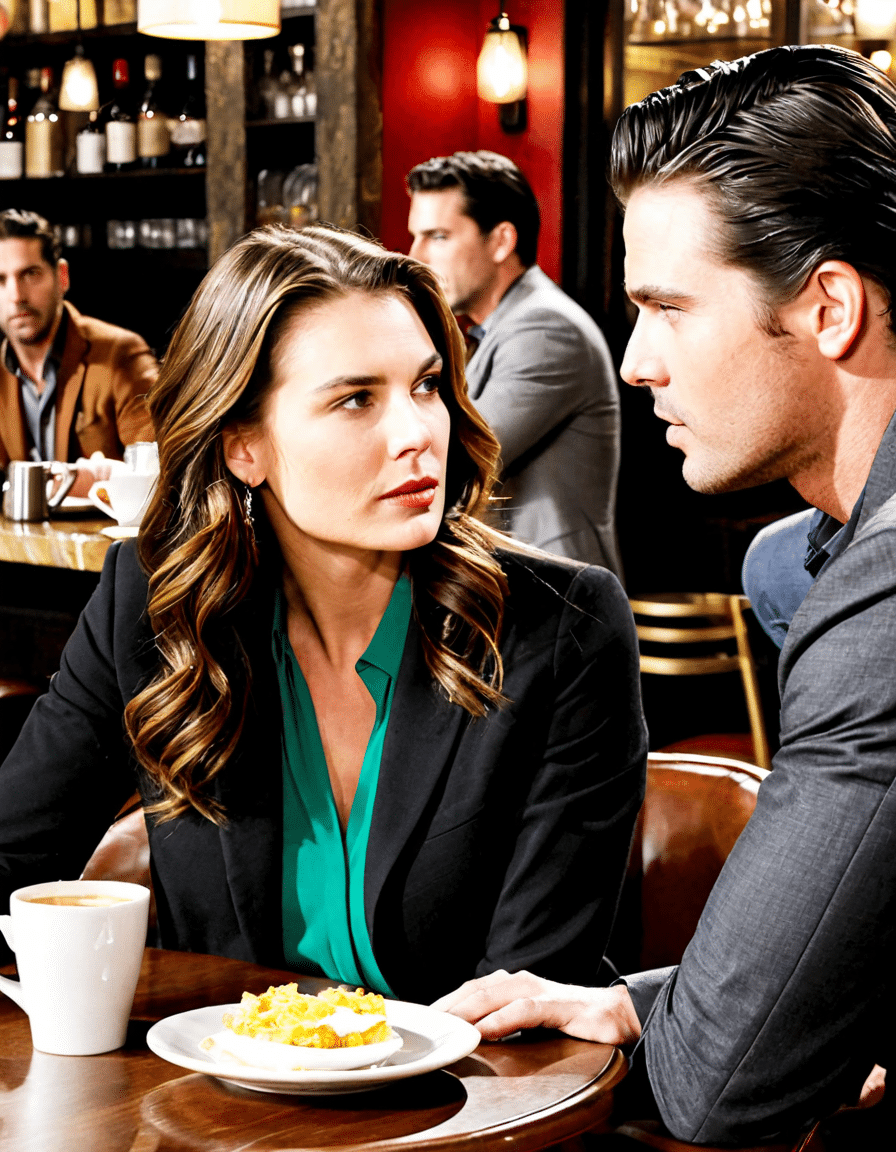Dante Alighieri’s Inferno, the first part of his epic poem The Divine Comedy, has long captivated readers with its intricate depiction of Hell’s nine circles. As we commemorate the 700th anniversary of Dante’s passing this year, it’s the perfect time to dive into this fascinating work and see how its vivid narratives resonate in our lives today. Spoiler alert: they hit pretty close to home! This exploration will dig into six noteworthy tales from Inferno, spotlighting their cultural significance and psychological implications, and trust me, you’re not gonna want to scroll past this.
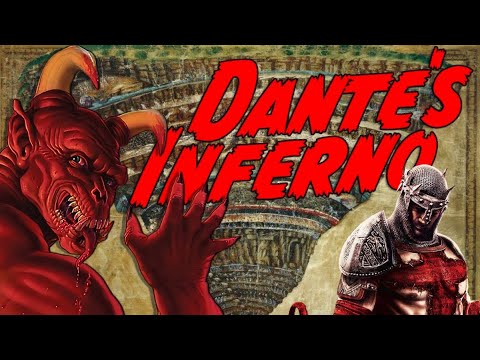
## Dantes Inferno: A Journey Through Hell’s Most Vivid Tales
In Canto V, Dante runs into Francesca da Rimini and her lover Paolo Malatesta, both stuck in the second circle of Hell for their adulterous affair. Their heartbreaking story begs the question: What is love, and what happens when society says “no”? Francesca’s passionate confession about how reading the tale of Lancelot and Guinevere set them on a path to doom emphasizes the extraordinary power of literature.
Think about it: We see similar forbidden love stories today in shows like Netflix’s Bridgerton, where societal constraints clash with the universal human longing for connection. It’s the classic struggle between desire and morality, something that’ll always strike a chord. In a world overflowing with rules and “shoulds,” Francesca and Paolo invite us to examine where our own desires fit in. Aren’t we all a little Francesca sometimes?
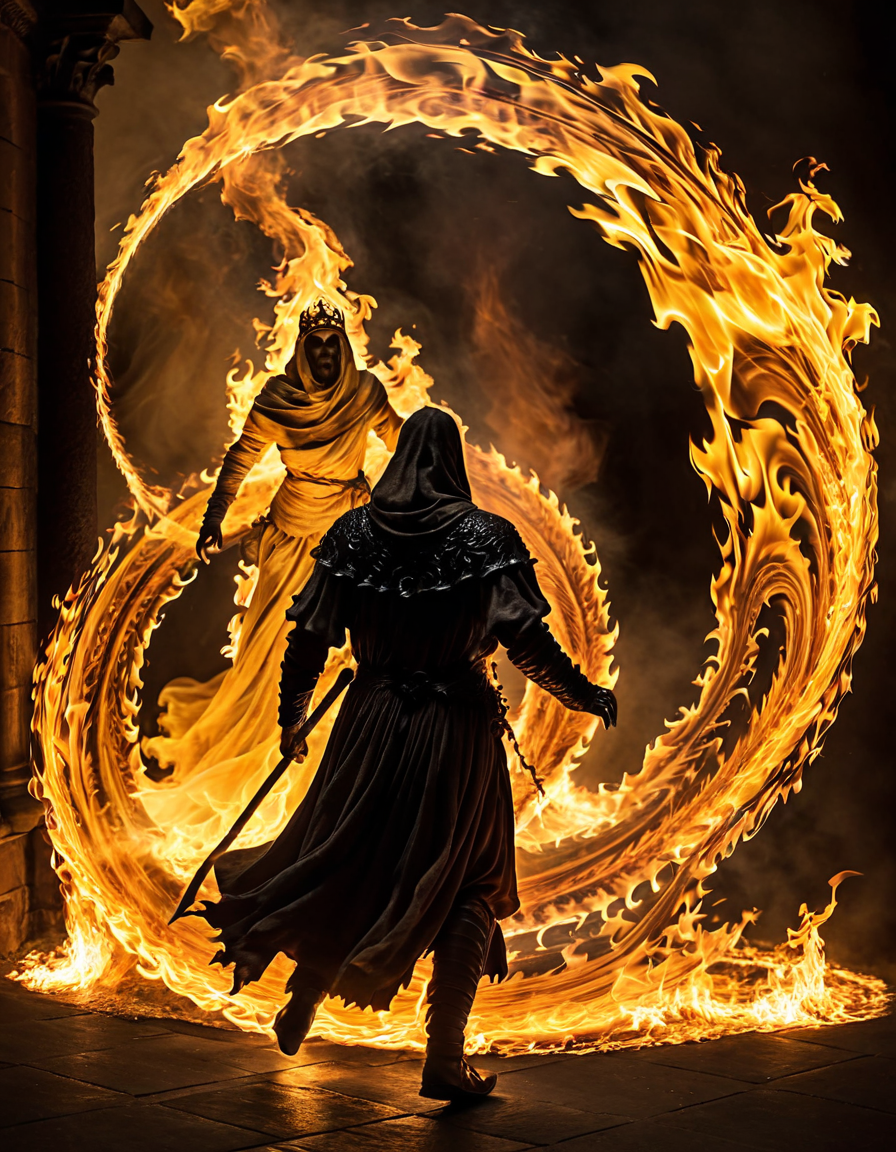
2. The Work of Virgil: The Mentor’s Struggle
Virgil is more than just Dante’s guide through Hell; he’s the embodiment of reason and wisdom. Yet here’s the catch—he’s stuck in Limbo himself! A fate that echoes the intellectual struggles of the Renaissance, where faith and reason clashed like titans. Think of modern figures like Carl Sagan and Richard Dawkins, who continue to stir the pot in the debate between science and ethics.
Just like Virgil’s conflicting existence prompts Dante to ponder life’s big questions, contemporary thinkers challenge us to explore the essence of morality and existence today. The intellectual wrestling match we see in Inferno is still alive and kicking. As you navigate your own life’s complexities, maybe it’s time to ask: How much does reason guide you, and can it lead you astray, too?
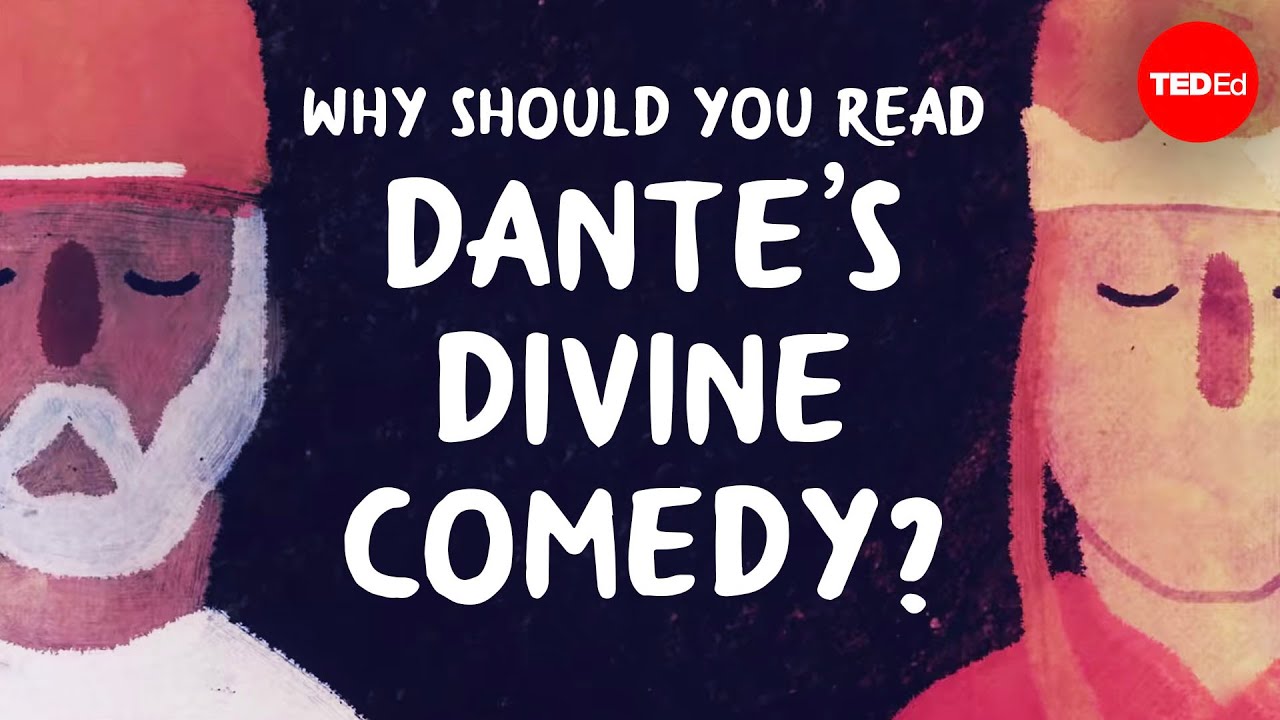
3. The Many Faces of Betrayal: Judas and Brutus
When Dante arrives in the icy depths of the ninth circle, it’s hard to miss Judas Iscariot and Brutus, the ultimate betrayers. Their gruesome fate of being eternally chewed by Satan is not just a horrifying image; it’s a wake-up call about loyalty and its consequences. In today’s world, betrayal takes on many forms, such as whistleblowers like Edward Snowden, who faced the moral dilemma between national loyalty and personal conscience.
Whether you’re Team Brutus or Team Judas (just kidding, there’s no team here!), the chilling reality of betrayal still reverberates. We see it in many contexts today, questioning if loyalty to a company can outweigh personal morals. It’s a potent reminder that our choices can haunt us—literally and metaphorically. You see, Dante’s tale about betrayal isn’t just a mindless horror story; it’s a dive headfirst into the stormy seas of morality.

4. The Punishments of the Gluttons: Excess and Its Aftermath
Dante’s portrayal of gluttons submerged in filthy circumstances while being lashed by icy rain is a testament to the consequences of excess. Sounds familiar, right? Today, with food delivery services like Uber Eats and DoorDash making it all too easy to binge, Dante’s images ring louder than ever.
But it’s not just about food; it’s also a reflection of mental health. Gluttony can lead to issues we’d rather ignore—like depression and anxiety. Just like the people in Dante’s Hell, those we encounter in our society who struggle with their appetites need help, maybe even an Addiction Helpline numbers reference now and then. Push your plate away, folks! Moderation is key.
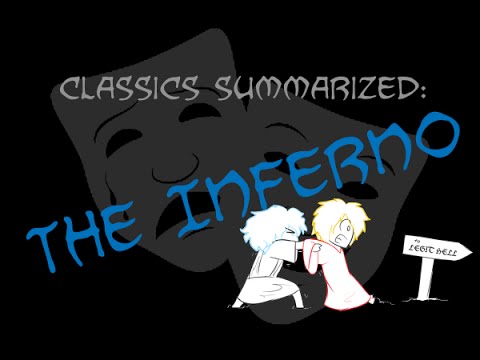
5. Lady Macbeth and the Sins of Greed: The Redeeming Power of Remorse
In the fourth circle of Hell, Dante pits the greedy against the spendthrifts, capturing humanity’s eternal struggle with excess. This vividly aligns with Lady Macbeth’s ruthless ambition in Shakespeare’s play, where she spirals into madness under the weight of her guilt. Greed can be life’s ultimate seductress, leading to both triumph and tragedy.
Consider contemporary figures like Elizabeth Holmes of Theranos fame. Her rise and fall illustrate how unchecked ambition can tie you in knots, pulling at the very fabric of your ethical self. Our society is obsessed with success, yet many of us find ourselves wrestling with guilt for our ambitions. Maybe we should all learn a thing or two from Lady Macbeth before it’s too late.
6. The Redemption Arc: From Hell to Heaven
Dante’s profound journey through Hell culminates in a message of redemption that resonates deeply today. It urges us to reflect on our lives and the choices we make. Picture Anne Hathaway, who faced her own criticism following roles in controversial films yet turned her public image around through activism. Her journey embodies the continuous struggle for growth.
The narrative of Dante offers us hope that no matter how dire our choices may seem, there’s always a way back to light. Just as Dante rises from the depths of despair to salvation, we too can embark on our own paths toward redemption. In times of chaos, let Dante remind us that transformation is always within reach, paving the way from darkness to light.
The enduring impact of Dante’s Inferno extends well beyond its stanzas, echoing through the ages. As we navigate a complex world, these tales emphasize our deep connections between moral choices, societal pressures, and the very essence of what it means to be human. So, if you’ve ever felt lost, take a page from Dante. His vivid portrayals of sin and redemption reflect our struggles, serving as a guide in our chaotic lives. If anything, Inferno is not just about Hell; it’s about the choices we make in the everyday drama that shapes who we are. And hey, if Dante can journey through the flames, so can we.
Dantes Inferno: A Journey Through Hell’s Most Vivid Tales
The Origins of Dante’s Hellish Vision
Ever wondered how Dante Alighieri came up with the spine-chilling depictions in Dante’s Inferno? This monumental piece was written in the early 14th century and not only reflects Dante’s personal feelings about politics and society but also his fascination with medieval beliefs about the afterlife. Interestingly, many claim Dante’s vivid imagery has inspired modern artists and writers alike, proving that art often mirrors life. Just like a quick stop for a coffee break can energize you, Dante’s vivid descriptions provide a jolt of inspiration that leads creators to explore new artistic paths. Even filmmakers today tap into such rich lore, aiming for a snapshot of humanity’s darkest corners.
Influences and Adaptations Galore
Dante’s work hasn’t just lingered in literary circles; it’s permeated pop culture as well. For instance, one might point out the Joker’s menacing quips, reminiscent of some infernal characters encountered in Dante’s journey. In a similar twist, many modern adaptations are out there, inviting a diverse audience to experience his hellish narrative anew. Some may even argue that Hollywood stars like Jesse Metcalfe add a modern touch to classic interpretations, bridging the gap between past and present. So, whether you’re engaging in a casual binge-watch of a series like Rock The Block or sifting through profound literary texts, Dante’s vision remains relevant.
Themes That Resonate
The themes of Dante’s Inferno are relatable even in today’s fast-paced world. Like Michael J. Fox’s journey with resilience and determination, Dante’s trek through the nine circles reflects struggle and redemption. It’s fascinating to note how even athletes, such as Odell Beckham, have referenced these themes in overcoming personal battles. This intertwining of classic storytelling with modern experiences highlights how Dante’s Inferno encourages readers and viewers to confront their own demons. There’s beauty in this journey, reminding us that myths often echo through generations, capturing our imaginations and pushing us toward introspection.
Final Thoughts on an Everlasting Journey
In the end, exploring Dante’s infernal visions is an adventure full of twists and turns, much like the plots of a Michael Crichton novel. The imagery and depth infuse the text with emotional weight that grips readers, compelling them to reflect on their own journeys and moral choices. So, before diving into that next book or film, why not take a moment to appreciate the rich tapestry of stories shaped by Dante’s Inferno? After all, engaging with this literary classic may just provide a new angle on life’s most pressing dilemmas, all while keeping you on the edge of your seat.
